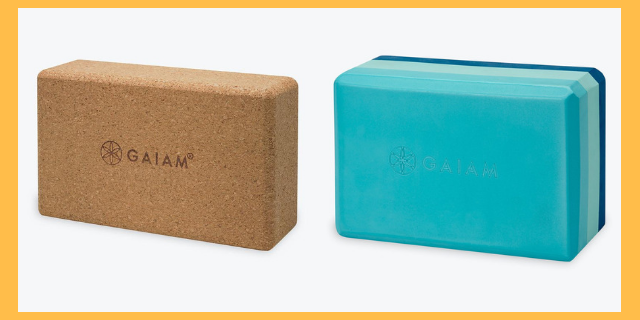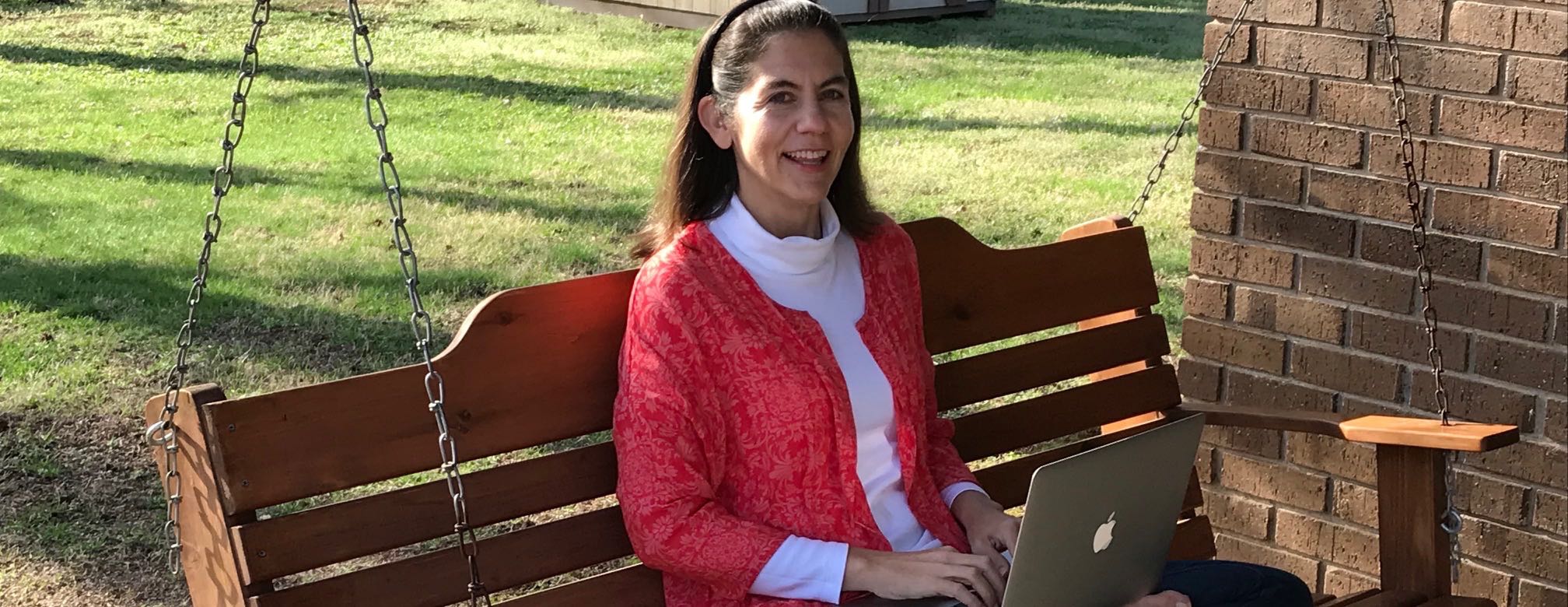
Credit: www.gaiam.com
Blocks, straps, bolsters, mats and blankets; the beginnings of a good Yogi toolkit. Hopefully you know the importance of using props in Yoga, but if you’re new to Yoga have a read of my blog post about props to learn more about propping.
Blocks are an important prop to help us find length, stability and balance. Beginners often rely on the block for finding flexibility and length in poses whereas advanced students use the block as a foundation for learning challenging poses. For the longest time, I would grab a couple of foam blocks when at a studio simply because they are light weight and easy to grab when collecting my prop goodies to participate in a class. Now that I’m a Yoga teacher, I’ve become much more particular about the block prop because now, the safety of my students, is part of the equation.
Here are the basic pros and cons when determining what block suits you best:
Foam blocks are cheap, light weight, easy to travel with, they feel a bit cushy and come in various colours. The downside is that they can slide on the floor as well as get slippery if you have a tendency to sweat and they can even dent or scratch. Personally, I question the integrity of the foam block.
Cork blocks are eco-friendly, have a buoyant texture, provide extra traction, have rounded corners and absorb sweat. The cons include their heavier weight and steeper price in comparison to the foam and some people feel they’re a bit uncomfortable when trying to relax and breathe into a pose for an extended period of time.
In my personal Yoga prop toolkit I originally had two foam blocks but now I also own two cork blocks and I find I use them both for different poses and needs.
Are you interested in learning how to incorporate props in your personal Yoga practice? Feel free to contact me to book a one-on-one session or a duet session and learn how to safely prop your practice.
